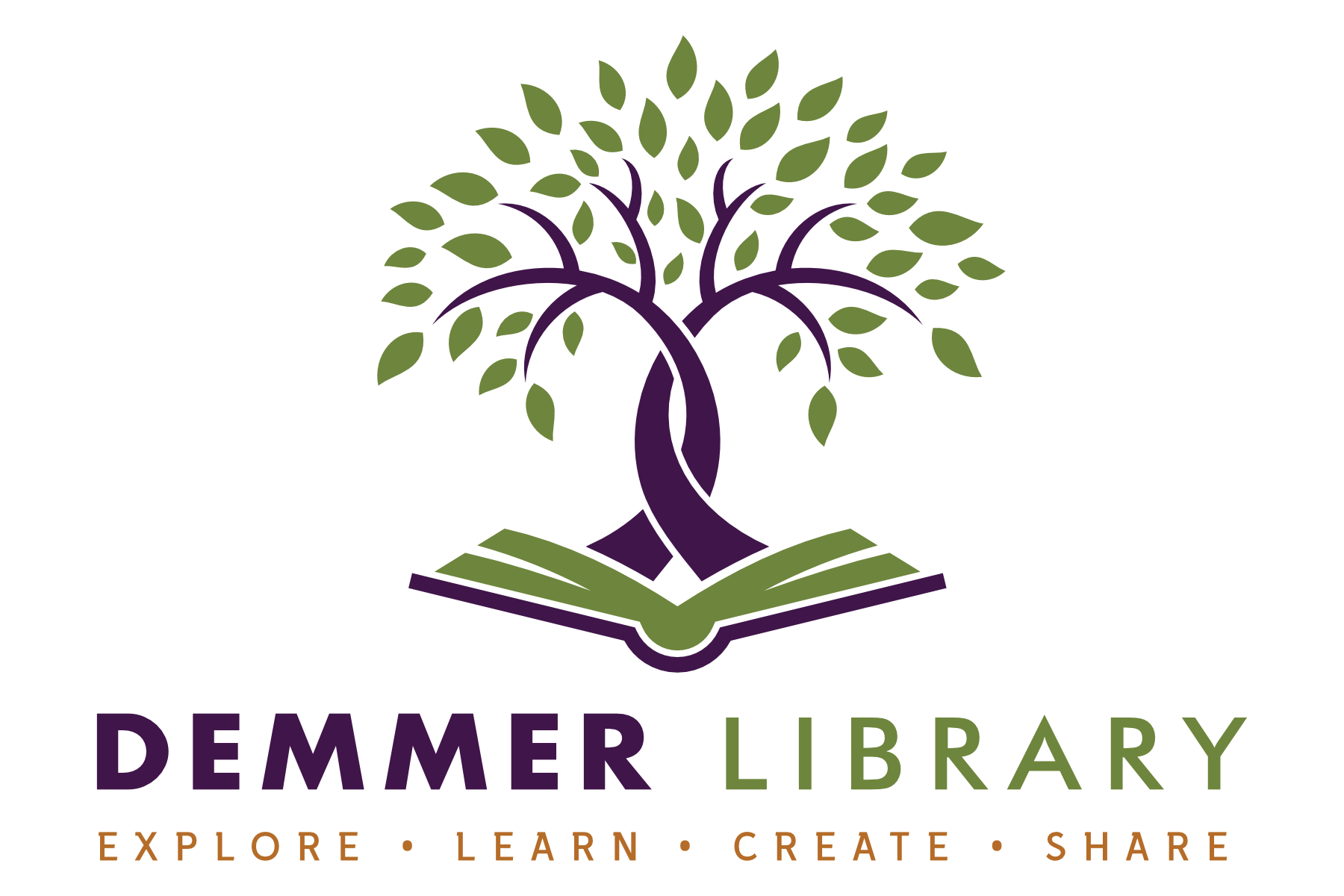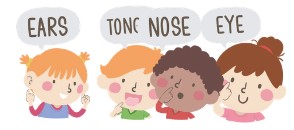By Ann Asbeck
Think how often we say “Point to your ears (nose, eyes, mouth”) to young children. Think how often we share songs or rhymes such as “Heads, Shoulders, Knees and Toes.” These activities are part of young learning from and about seeing, hearing, smelling, tasting and touching. Bringing awareness of and developing language about these five senses contributes to a child’s understanding of experiences and the environment in which those experiences take place.
Language interactions with adults, older siblings and peers commonly initiate a child’s making sense of the world by naming things and then further describing them. Modeling the use of simple names and obvious descriptors (at least to someone with more language skills) provides early tools for communicating understanding as it evolves.
The crayon is red/blue; the song sounds loud/quiet; the cracker tastes sweet/salty; the cookies smell like peanut butter/chocolate; the chair feels hard/soft.
Providing opportunities for children to observe, experiment and express curiosity can lead to awareness of senses. Asking engaging questions and sharing answers using language about senses leads not only to acquiring vocabulary but also to creating meaning from and about senses. Encourage children to create and ask their own questions. Expect their questions and answers to reflect where they are developmentally which may be quite unlike those modeled by adults.
What is that taste (smell, feel, sound, look)? Have you [sensed] this before? How is it the same or different? Is there another word we could use to name or describe this? How did a character in a favorite story describe this?
Many resources are available as we accompany children on an adventurous journey of learning about and from the five senses, including online searches for activities for kids to learn about the five senses and for relevant books or other media. Also include visits to local libraries and schools to use make-it centers like the Demmer Libratory to explore senses while creating and to seek resource recommendations from staff. Most importantly, our Northwoods world offers ready access for ongoing awareness, exploration and communication involving our senses.

